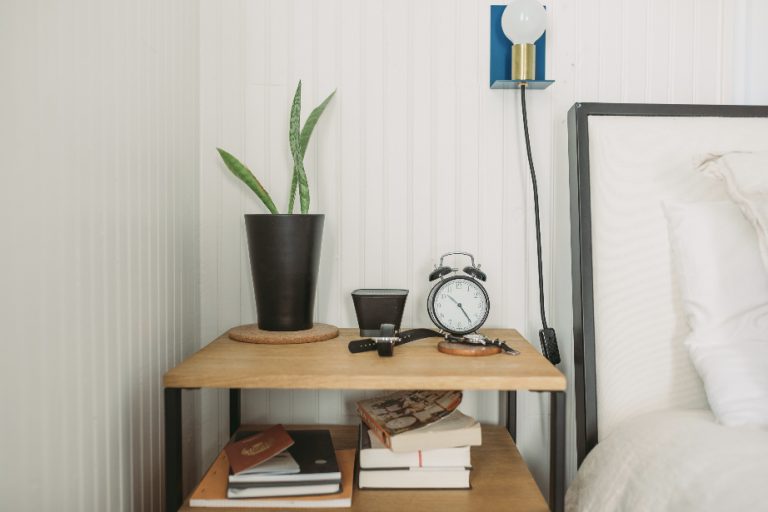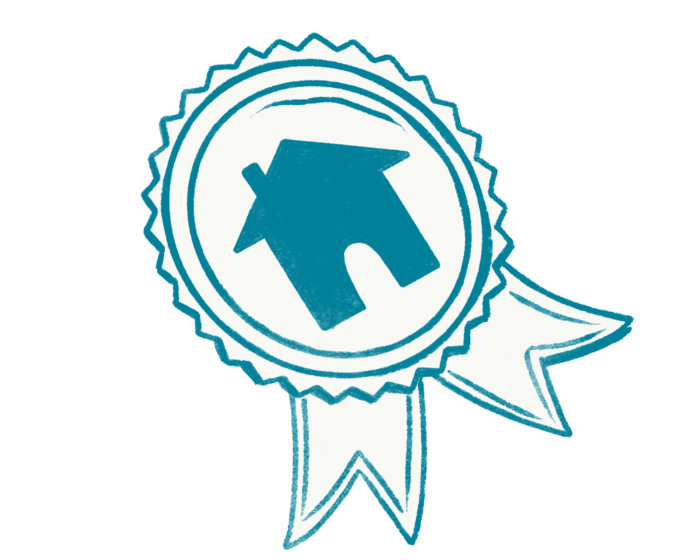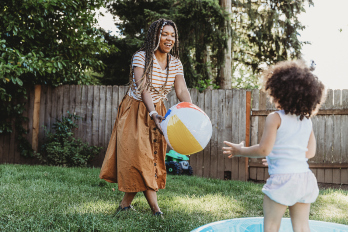May is Mental Health Awareness month (since 1949!), and boy, could we use some focus on mental health this year. It’s been a rough one, to say the least. The ramifications and fears associated with COVID-19 are all around us, and Mental Health Awareness month could not have come at a better time.
If you’re feeling a bit overwhelmed, first know that honestly, so are we. You’re definitely not alone.
Since we’re all stuck at home, we took a look at how we can use our domestic environments to help our mental states. Turns out, some minor adjustments can yield major results. And while experts say it takes roughly two months to build a habit, we’re still unclear on how much longer we’ll be quarantined, so time’s a-plenty!
Here are some simple routines you can adopt around the house to boost your mental health:
Rearrange your bedroom
If the repetition of day-in, day-out life at home is making you a little stir crazy, try rearranging your bedroom every other month, or even every few weeks. Waking up in a new environment every now and then can do wonders overall to make your life feel less mundane.
While you’re at it, try to get in the habit of making your bed every day. This will help your bedroom feel like a haven of calm, rather than a messy retreat. Plus, sheets that were flat and pressed all day are so comfy to crawl into at night—or in the afternoon (no judgment).
Change up your colors
Different colors have various effects on people. For some, warm colors like red and orange make them feel excited and energetic, or even passionate or angry. But for others, it’s just a pretty choice. Cool tones like green and blue are often thought to be calming, but some people frankly just dislike them. Gray became popular in interior design in recent years, but to you, maybe it’s dreary.
Pick a time of year, whether it’s seasonal or once annually, and switch up your colors based on a palette that makes you feel relaxed. Want to paint a whole room black this spring to ditch quarantine for life in outer space? Go for it! Love green? Add some accent pillows to your bedroom or living room, or grow your green thumb around the house (our guide to houseplants can help).
Do some decluttering
Ugh, we know. Decluttering is all the rage, but let’s be real: it’s a chore. You don’t have to ‘Marie Kondo’ all your possessions to reduce anxiety. Feel free to keep it simple. Try to organize papers, clothes and toys (or supplies related to your own hobbies) once a week – or month. When you change the clocks for daylight savings, donate clothes you no longer wear to free up some space in your closets.
Want to do a little more? Spend a half-hour every weekend putting things away. Set a timer so you don’t get too caught up in it.
Designate a work-free zone
If you’re working from home, pick a room in your house where you won’t bring your laptop or answer emails on your phone. Maybe it’s your bedroom, or your kitchen, or even your bathroom if you spend enough time in there (we hear baths are making a comeback). Give your brain a place where it can always take a break.
Need more WFH tips? Check out our tips to create an at-home sanctuary during COVID-19.
Make your kitchen more convenient
Why waste time that could be spent cooking your culinary masterpieces on digging around for the supplies you need? Get in the habit of keeping the utensils, ingredients and cookware that you regularly use easily accessible in your kitchen. Designate a rack for your favorite spices, for example. Put your favorite spatulas and stirrers in a vase on your counter. You don’t need to reorganize your entire kitchen to make it a little easier to navigate.
While you set out to adopt these habits for a healthy mind, remember to periodically take a moment for the simplest way to destress: Breathing. Relax your shoulders, take a nice long inhale, let it out and repeat as needed.
- If your kitchen could use some more attention, check out our guide to kitchen maintenance.
- Want to make your house more eco-friendly? We have tips to reduce your carbon footprint.




